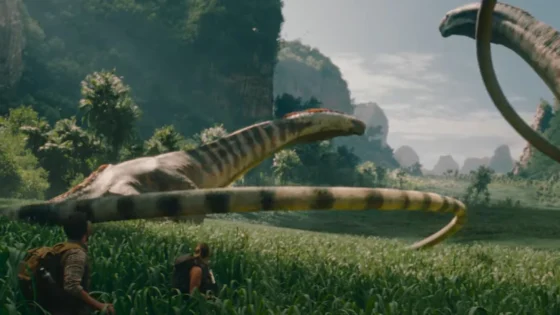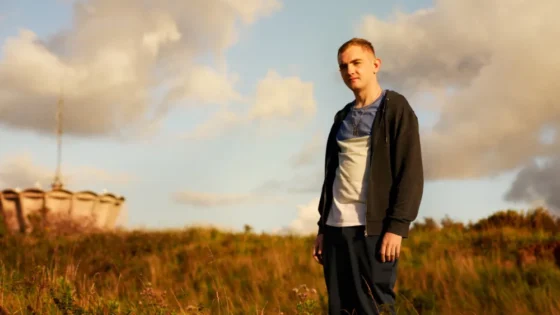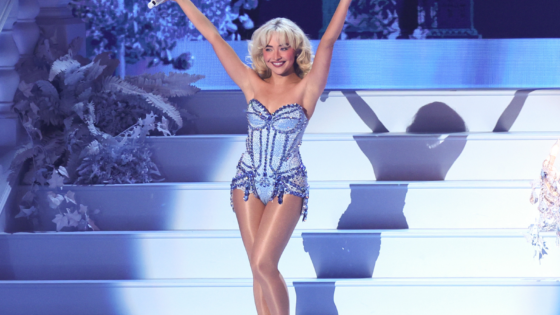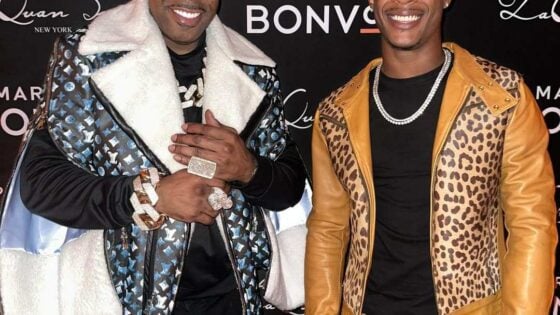Revisiting George A. Romero’s Day of the Dead
George A. Romero’s Day of the Dead begins, appropriately, with walls. In a dream, our hero Sarah (Lori Cardille) sits in a tiny room with walls of whitewashed cinder block. No doors, no windows, no ornamentation save a wall calendar showing a field of pumpkins and an open sky. She approaches the calendar, a look of unmistakable longing and reminiscence on her face. But the moment is short-lived, as the hands of the dead erupt from the wall and the dream abruptly ends. The tone is immediately set for Romero’s third film in the Dead trilogy; a bleak and oppressive film haunted by claustrophobia, malaise, and fear. The dead are outside, as dangerous as ever. But inside, all we have are walls.
Sarah and her dwindling group of allies are among the staff of an underground facility set up by the government with the hopes of finding a cure or solution to the zombie plague. But after returning from an excursion, Sarah is informed that the base’s commanding officer has died. This is incredibly bad news, as the clearly psychotic Captain Rhodes (Joseph Pilato) has stepped into his place. Rhodes establishes himself within seconds as the last person who should be in charge, a screaming maniac supported by the base’s guards and combat personnel, a combination of spineless toadies and unhinged lunatics. This leaves Sarah and her allies with a tough choice: try and escape the base and take their chances among the Dead, or stay there and contend with Rhodes and his crew, in the perhaps vain hope that they can be made to see reason.
Day doubles down on one of the core messages of its last two films, which established the real danger in a zombie apocalypse scenario as not the Dead, but plain old humans. But rather than the simmering racial tensions of Night or the chaotic biker gang of Dawn, Day makes it clear from the outset that the people to fear are the ones in charge. This ramps the already established claustrophobia and oppression of the setting up to 11. Not only are the protagonists stuck in a cramped, dimly lit warren of hallways and windowless rooms, they’re under the thumb of an incredibly dangerous group of people. Everyone’s trapped inside and the people in charge are out of their minds. What movie could be better to revisit in 2020?
And then there are the zombies. Day of the Dead throws a contentious wrinkle into Romero’s zombie lore with Bub, a zombie who has seemingly been domesticated by Doctor Logan, one of the scientists in the facility. Bub reframes the zombies of Romero’s films more than a bit, presenting them for the first time as potentially docile even sympathetic. Under Doctor Logan’s care, Bub has begun to exhibit behaviors quite unlike the normally dead-eyed ghouls of the last two films. He seems to recognize tools and shows some semblance of awareness and even emotion.
This development at least partially reframes the zombies, opening the door for a level of sympathy with the ghouls previously unseen in the franchise. Almost like James Whale’s Frankenstein films, Romero treats at least this one particular example of his iconic monster with shades of pity and sympathy. When you pair this with the somewhat over-the-top evil of Rhodes and his compatriots, this definitely feels like a less subtle version of Romero’s classic schtick, but not so much that it quite breaks the film. But it does in some small part detract from the threat of the Dead, putting a friendly or at least not outwardly hostile face of the ravenous horde.
It may be the result of a conscious effort to keep the zombies threatening in the face of this new development that Day is by far the goriest of the three films, and the effects for this entry are the best that the original three films has to offer. The film makes use of stunning makeup and gore effects by Tom Savini to craft moments that even seasoned horror fans might squirm at, like the slow decapitation of one soldier made all the more unsettling by the way the scream modulates as his vocal cords are severed. And of course, there’s the famous ‘choke on em’ scene, made all the more realistic by the expression on actor Joe Polito’s face. The production used real pig intestines for many of its gore scenes, and the ones used for Pilato’s death scene had accidentally gone rancid. On the plus side, this helped Pilato really sell the shock and horror of the scene when the smell hit him. On the other hand, it wasn’t much fun for the actor at the time.
Day is often viewed as the least of the three films in Romero’s iconic trilogy. It lacks the groundbreaking ideas of the original, and the raw vérité that helped it feel so immediate. Likewise, the magnetic cast of his second installment and its iconic mall setting is gone, replaced with a cast of characters who are all in various stages of a total nervous breakdown. They argue and snipe, rarely enjoying those moments of respite that the heroes of Dawn worked for. They’re under constant stress, trapped between the Dead and the worst humanity has to offer. It’s this oppressive atmosphere, this sense of being trapped in an almost impossibly hopeless situation, that really helps Day develop its own identity, distinct from that of the first two entries in the series. It’s an incredibly tense, downbeat film steeped in an atmosphere of oppression and isolation. This isn’t to say the previous two films were walks in the park, but Day seems to focus on those elements and dial them up to eleven practically from the first scene. Combine that with the incredibly strong effects and performances, and it becomes clear that Romero’s third entry in the Dead trilogy deserves far more recognition than it often gets.

































